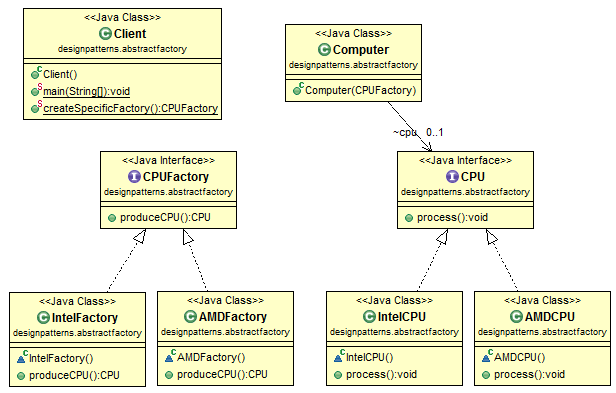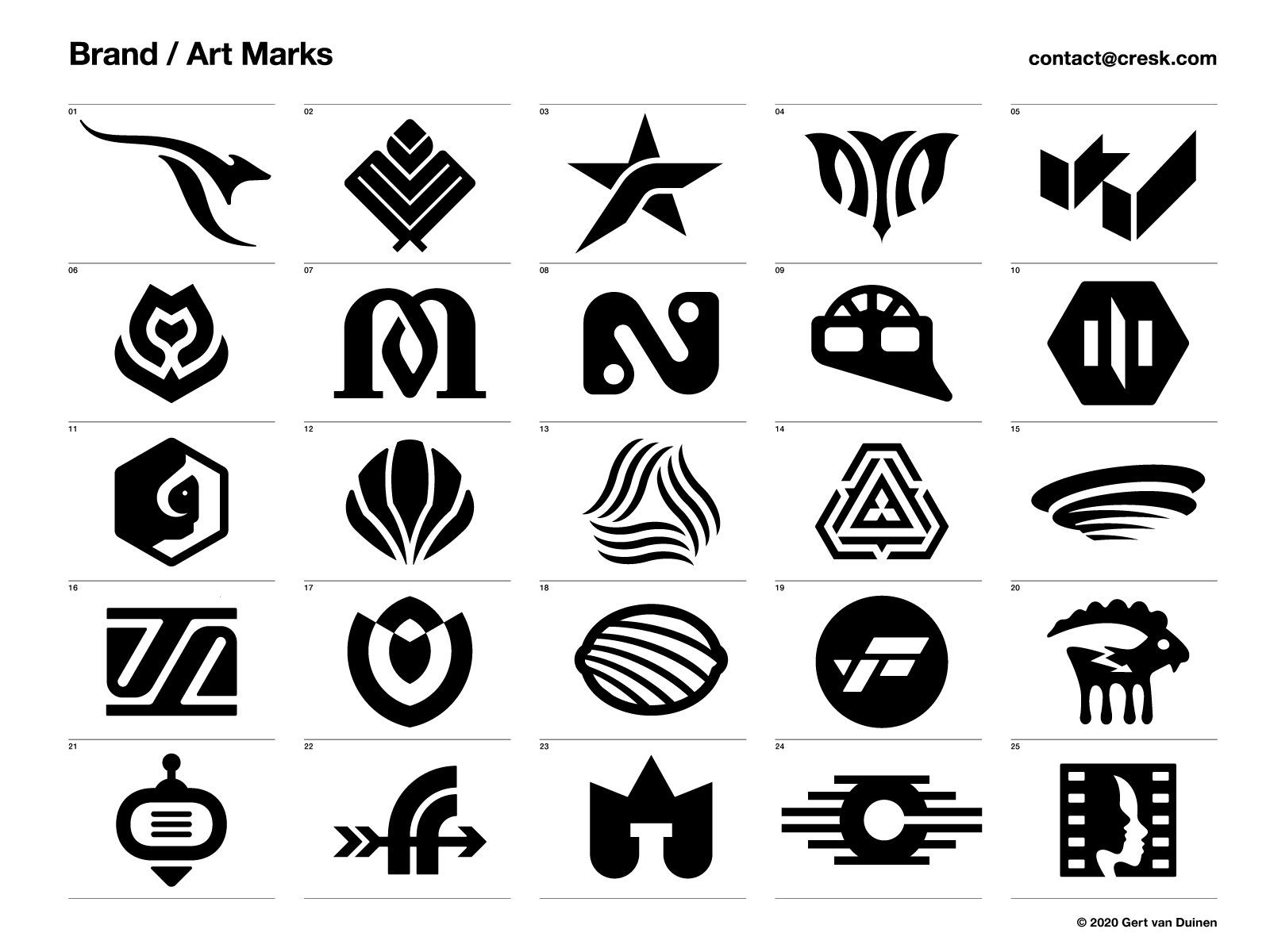
This pattern promotes modularity, extensibility, and code reusability, making it a valuable tool in software development. The Factory Method pattern allows subclasses to choose the type of objects to create without revealing the creation process to the client. It provides an interface for creating objects in a way that is convenient and flexible for software development. It states the best way to create an object without telling the exact class of object that will be created. It is used when we have a super-class with multiple sub-classes and based on input, we want to return one of the sub-class.
2 Iterator Method

Please read our previous article where we give a brief introduction to the Creational Design Pattern. The Factory Design Pattern is one of the most frequently used design patterns in real-time applications. The Factory Design Pattern falls under the Creational Design Patterns Category. Strategy pattern is used when we have multiple algorithms for a specific task, and the client decides the actual implementation be used at runtime. We define multiple algorithms and let client applications pass the algorithm to be used as a parameter.

6 State Method
The Factory design pattern is one of the creational patterns and we can find its uses in almost all the libraries in JDK, Spring. We will understand what this pattern is about using a Java application. It is a creational design pattern that talks about the creation of an object. The factory design pattern says to define an interface ( A java interface or an abstract class) for creating the object and let the subclasses decide which class to instantiate.
Factory Design Pattern in Java with Examples
We have an interface Coin and two implementations GoldCoin and CopperCoin. Javatpoint provides tutorials with examples, code snippets, and practical insights, making it suitable for both beginners and experienced developers. If you can’t figure out the difference between various factory patterns and concepts, then read our Factory Comparison. This goes on as you add more related variations of a logical collection - all spaceships for instance.
The Factory Design Pattern in C++ involves using a base class or interface with a virtual method for creating objects. Derived classes can override this method to create different object types based on client requirements. This pattern promotes flexibility and extensibility by letting subclasses decide which class to instantiate. It simplifies object creation without needing to know specific types, making code modular and easier to maintain. Additionally, it enables the creation of complex objects that may be challenging to create manually. At its core, the Factory Pattern is a creational design pattern that abstracts the process of object creation.
Advantages of Factory Design Pattern
It uses the accountType to create the corresponding type of BankAccount. A factory (i.e. a class) will create and deliver products (i.e. objects) based on the incoming parameters. The memento design pattern is used when we want to save the state of an object so that we can restore it later on. This pattern is used to implement this in such a way that the saved state data of the object is not accessible outside of the Object, this protects the integrity of saved state data. We know that we can have multiple catch blocks in a try-catch block code.
The client can then create objects through a common interface which simplifies the process. Therefore, you need to have a regular method capable of creating new objects as well as reusing existing ones. Probably the most obvious and convenient place where this code could be placed is the constructor of the class whose objects we’re trying to reuse.
Written by The Code Bean
Turns a request into a stand-alone object that contains all information about the request. This transformation lets you pass requests as a method arguments, delay or queue a request's execution, and support undoable operations. Upon receiving a request, each handler decides either to process the request or to pass it to the next handler in the chain. Lets you attach new behaviors to objects by placing these objects inside special wrapper objects that contain the behaviors. Lets you compose objects into tree structures and then work with these structures as if they were individual objects. Lets you ensure that a class has only one instance, while providing a global access point to this instance.
Has JPA Killed the DAO? - InfoQ.com
Has JPA Killed the DAO?.
Posted: Sun, 16 Sep 2007 07:00:00 GMT [source]
8 Template Method
It's a misconception that design patterns are holy solutions to all problems. Design patterns are techniques to help mitigate some common problems, invented by people who have solved these problems numerous times. To solve this problem, we can create a Factory of spaceships and leave the specifics (which engine or dish is used) to the subclasses to define.
However, this will lead to the create(AccountType type) method becoming increasingly bloated. The first strength of the Factory pattern that we can see is that it centralizes the creation of objects in one place. The challenge is to find a suitable solution to create these types of Banking Accounts.
You are developing a software system for an e-commerce platform that deals with various types of products. Each product category (e.g., electronics, clothing, books) requires specific handling during creation. However, you want to decouple the client code from the concrete product creation logic to enhance flexibility and maintainability. Additionally, you want to allow for easy extension by adding new product types in the future without modifying existing code. Structural design patterns are a subset of design patterns in software development that focus on the composition of classes or objects to form larger, more complex structures.
The prototype design pattern mandates that the Object which you are copying should provide the copying feature. However, whether to use the shallow or deep copy of the object properties depends on the requirements and is a design decision. Creational design patterns provide solutions to instantiate an Object in the best possible way for specific situations. Java design patterns are divided into three categories - creational, structural, and behavioral design patterns.
When the factory method comes into play, you don’t need to rewrite the logic of the Dialog class for each operating system. If we declare a factory method that produces buttons inside the base Dialog class, we can later create a subclass that returns Windows-styled buttons from the factory method. The subclass then inherits most of the code from the base class, but, thanks to the factory method, can render Windows-looking buttons on the screen.
The Factory Pattern is a powerful design pattern that simplifies object creation, enhances code organization, and promotes maintainability. By abstracting the creation process and delegating it to subclasses or specialized factories, it enables flexible, extensible, and clean code. The factory class is the main component of the factory design pattern. This class return the object of required class based on the input parameter. If you observe, the main purpose of our factory class is to return the object at run time.
Now let's explore the ways to implement the Factory design pattern together. From the class diagram, coders can easily see that the implementation for Factory is extremely straightforward. AccountFactory takes an AccountType as input and returns a specific BankAccount as output. The pattern allows you to produce different types and representations of an object using the same construction code. From Lehman’s point of view, we can say that a factory is a place where products are created. In order words, we can say that it is a centralized place for creating products.

No comments:
Post a Comment